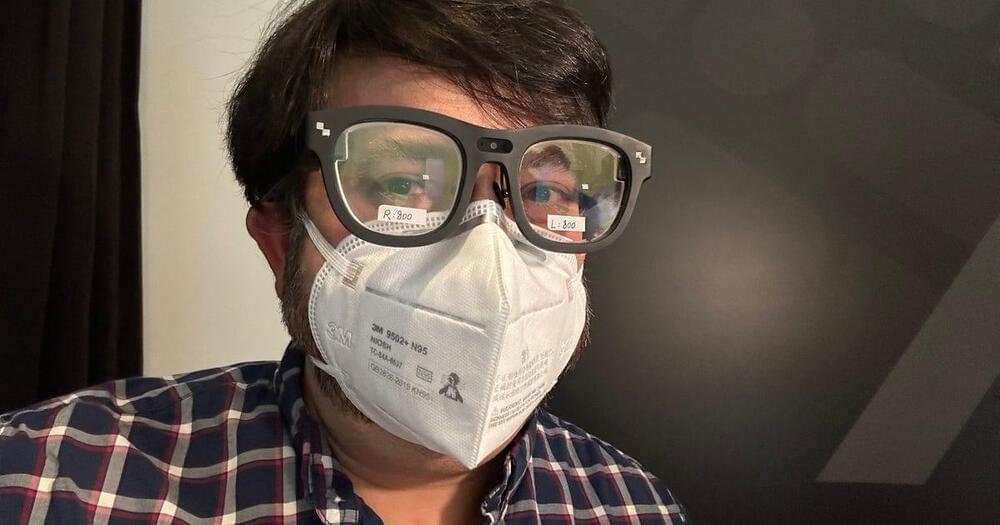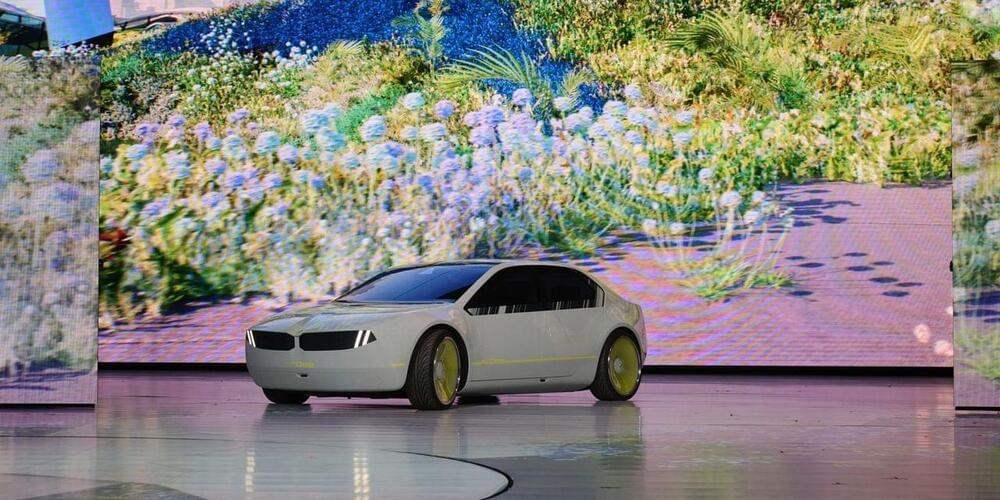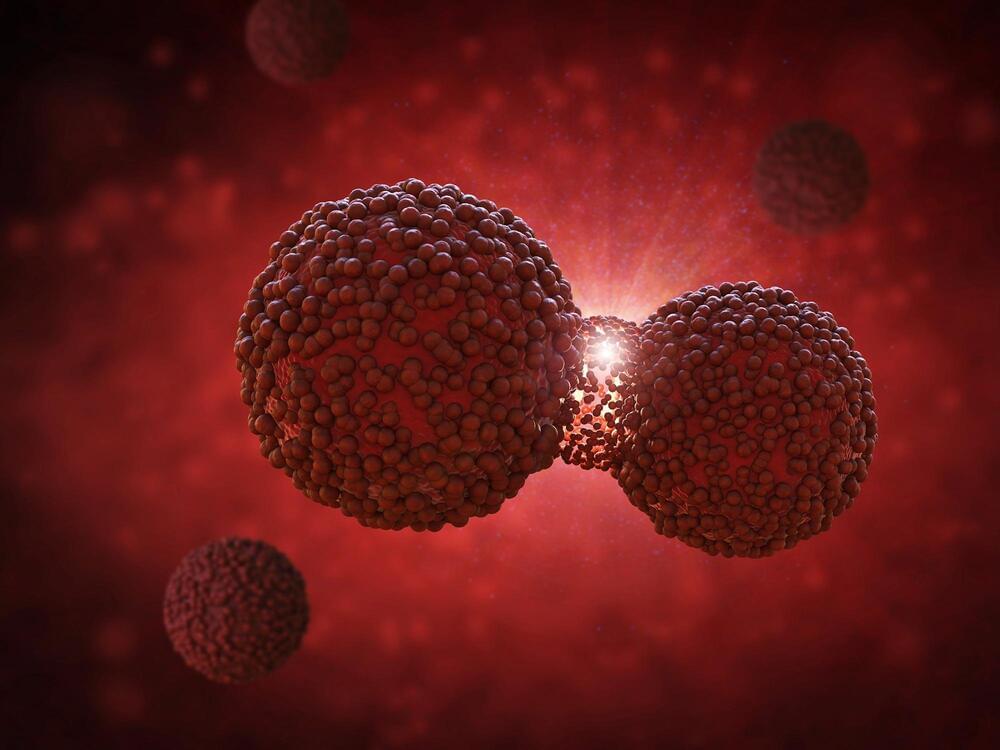Page 3987
Jan 7, 2023
Microsoft Unveils VALL-E, A Voice DALL-E
Posted by Kelvin Dafiaghor in category: biotech/medical
VALL-E can generate various outputs with the same input text while maintaining the speaker’s emotion and the acoustical prompt. VALL-E can synthesise natural speech with high speaker accuracy by prompting in the zero-shot scenario. According to evaluation results, VALL-E performs much better on LibriSpeech and VCTK than the most advanced zero-shot TTS system. VALL-E even achieved new state-of-the-art zero-shot TTS results on LibriSpeech and VCTK.
It is interesting to note that people who have lost their voice can ‘talk’ again through this text-to-speech method if they have previous voice recordings of themselves. Two years ago, a Stanford University Professor, Maneesh Agarwala, also told AIM that they were working on something similar, where they had planned to record a patient’s voice before the surgery and then use that pre-surgery recording to convert their electrolarynx voice back into their pre-surgery voice.
Jan 7, 2023
David Sacks: The tech reset has only just begun
Posted by Kelvin Dafiaghor in categories: biotech/medical, finance

UnHerd’s Freddie Sayers meets PayPal Co founder David Sacks.
Read the accompanying article:
https://unherd.com/thepost/david-sacks-the-tech-purge/
Continue reading “David Sacks: The tech reset has only just begun” »
Jan 7, 2023
The future of Ageing with Aubrey De Grey
Posted by Shubham Ghosh Roy in categories: biotech/medical, life extension
Interesting interview about the future of Ageing with leading expert with Aubrey De Grey.
This week we interview the phenomenal Aubrey De Grey, the world’s foremost authority on longevity and developing strategies to slow or eliminate aging altogether. The author of The Mitochondrial Free Radical Theory of Aging (1999) and Ending Aging (2007), De Grey is probably best known for the concept of Longevity Escape Velocity, a view that soon medical technology will enable human beings to prevent age-related deterioration, and eventually eliminated aging entirely.
The future of Ageing with Aubrey De Grey.
Jan 7, 2023
TCL’s RayNeo X2 AR Glasses Live-Translate Conversations for Me
Posted by Kelvin Dafiaghor in categories: augmented reality, virtual reality
Jan 7, 2023
The Future of Car Technology, as Seen at CES 2023
Posted by Omuterema Akhahenda in categories: business, robotics/AI, transportation
Color-changing cars. Flying taxis. And a gaming-style tablet that can steer a vehicle.
Car companies descended on CES in Las Vegas this week to show off their latest ideas—some quirky and far out, others more relevant in the near term—as the industry navigates technological shifts in its business.
During the week, car executives unveiled new in-car software, hyped automated-driving tech, and highlighted new partnerships and investment deals. Auto makers in recent years have accelerated the rollout of their new battery-powered models.
Jan 7, 2023
Partnership announced to develop new space station
Posted by Future Timeline in category: space
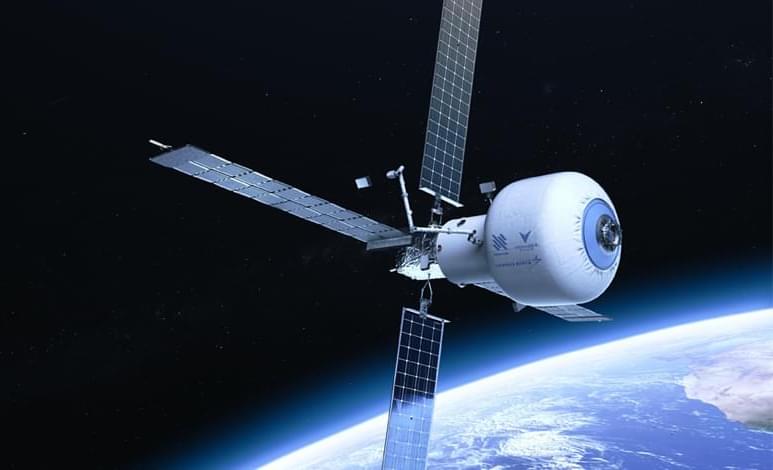
Airbus will collaborate with Voyager Space to develop the new Starlab space station by 2028.
Airbus and Voyager Space have announced a partnership to develop and operate Starlab – a free-flying space station that will serve NASA and function as a global customer base of space agencies and researchers. Starlab is planned for launch in 2028 to ensure a continued human presence in Low-Earth Orbit (LEO).
Jan 7, 2023
New Study Uncovers Potential Target for Stopping 90% of Cancer Deaths
Posted by Jose Ruben Rodriguez Fuentes in category: biotech/medical
An international research team has discovered a potential new target for a drug that could prevent the deadly metastases responsible for 90% of cancer deaths.
According to a study published in Nature, an international team of researchers has identified a mechanism that allows cancer cells to spread throughout the body. They found that cancer cells move faster when they are surrounded by thicker fluids, a change that occurs when lymph drainage is disrupted by a primary tumor.
These findings provide a potential new target for stopping metastasis, which is responsible for 90% of cancer deaths.
Jan 7, 2023
Top 5 AI Predictions for 2023
Posted by Dan Breeden in categories: robotics/AI, transportation
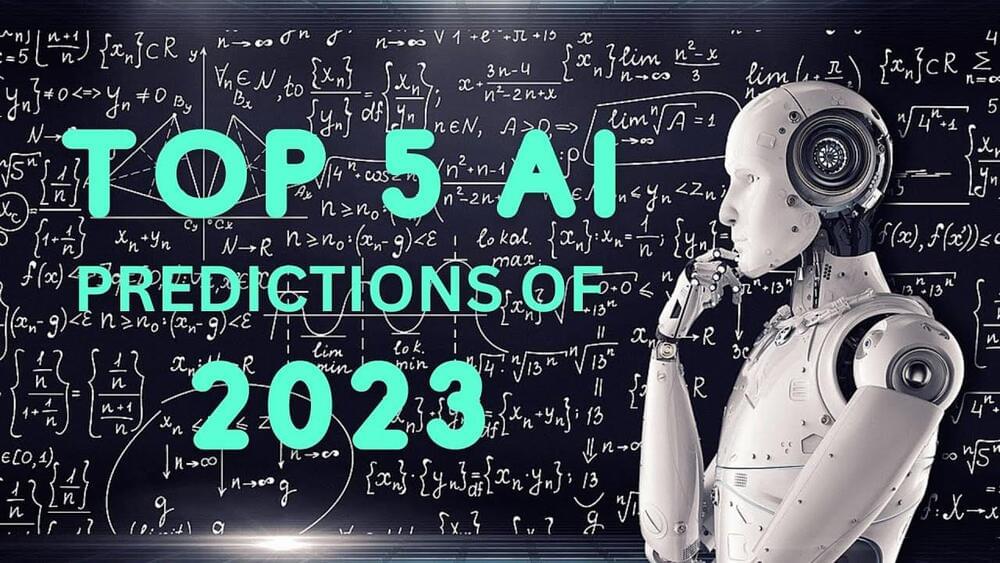
With 2023 right around the corner, we make 5 predictions that will happen in the artificial intelligence (AI) world.
5 Predictions.
1) GPT-4 to be released.
2) Autonomous Vehicles as primary source of transportation for general population.
3) Evolution of search engines.
4) Humanoid robot development.
5) Run out of data to train AI language models.



